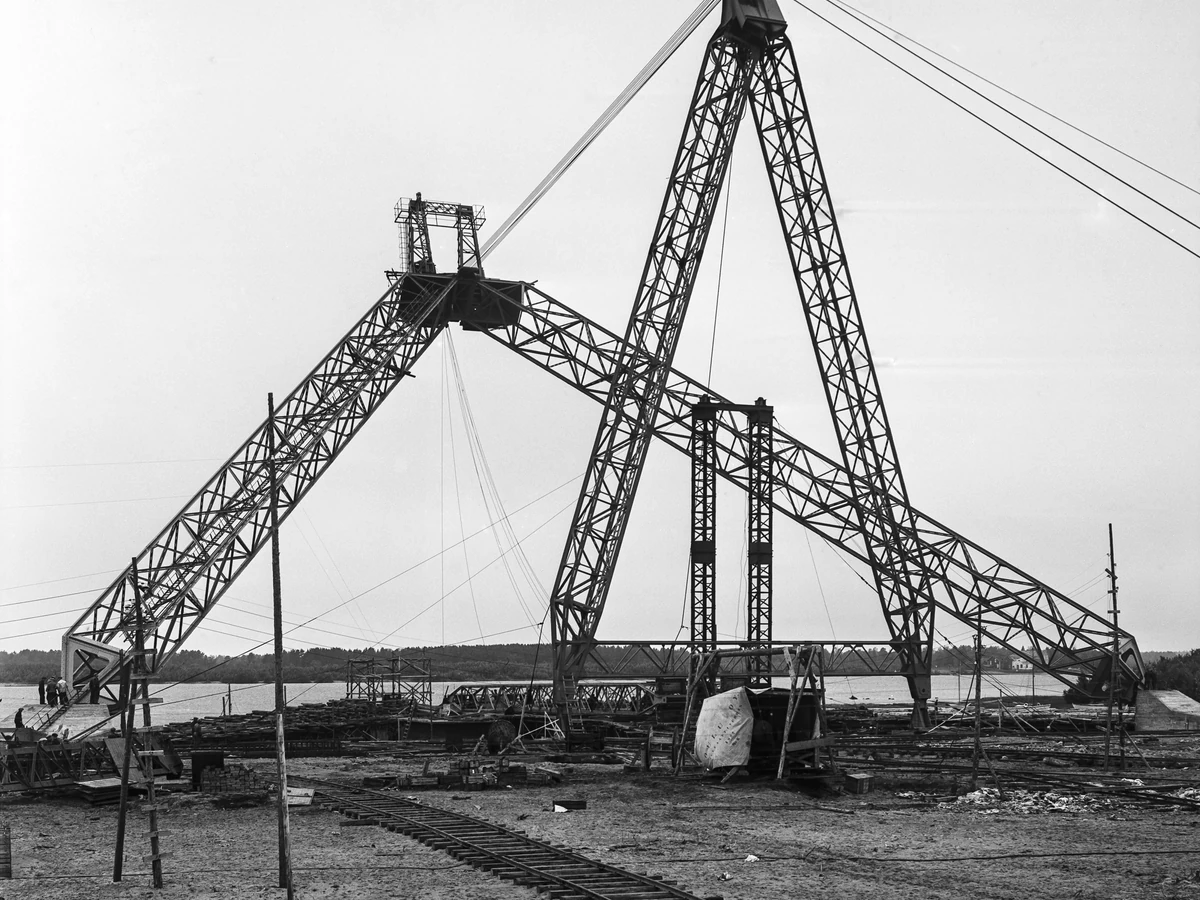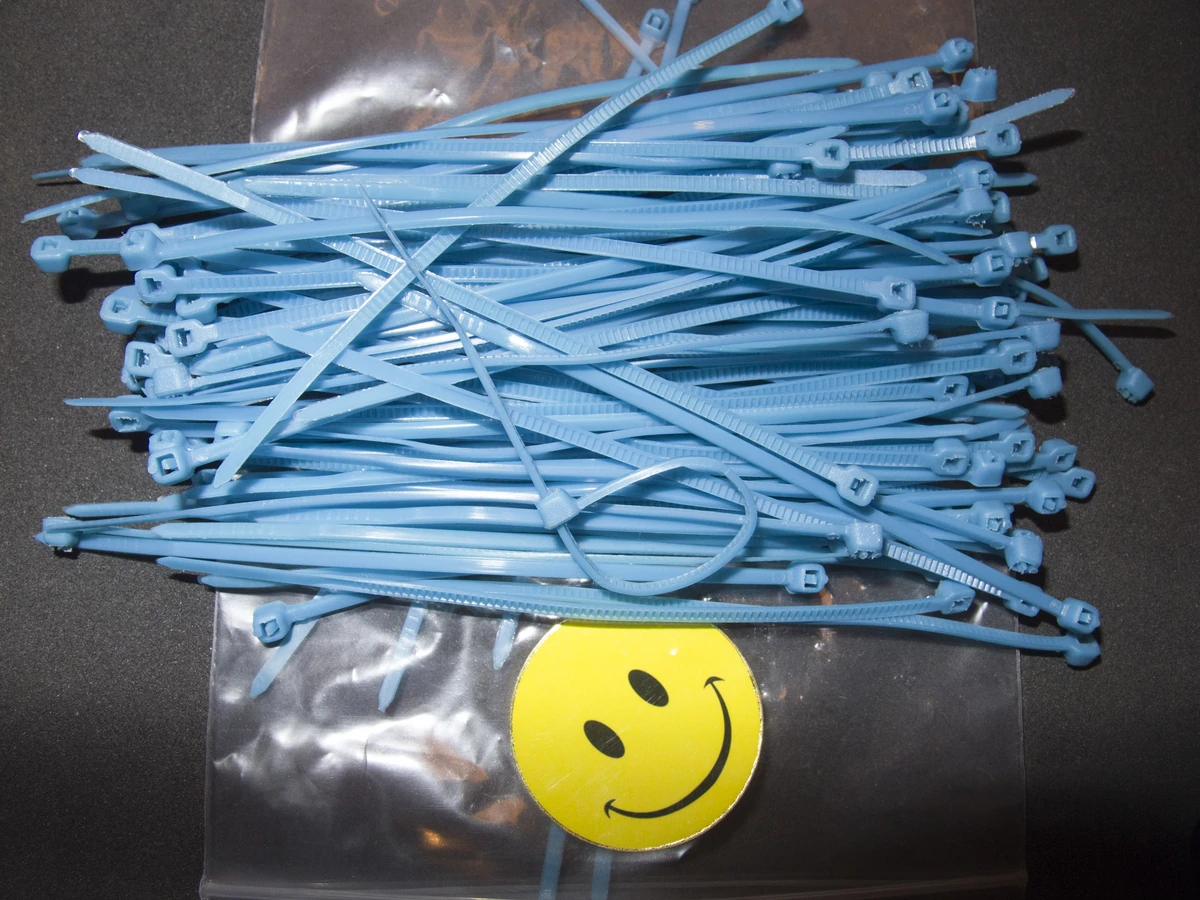The cable tie is a ratchet in miniature. A flexible strap meets a pawl, and a gentle pull turns slack into order.
Created for aircraft wiring harnesses, it promised nonconductive strength, low weight, and fast installation. Manufacturing advances made it cheap enough for every toolbox.
This story follows materials, UV resistance, releasable designs, and the culture of hacks that adopted the tie far beyond its original brief.
Aerospace Origins and Requirements
Aircraft wiring demanded consistent clamping without metal abrasion. Early ties were fabric or waxed cord; nylon ties standardized tension and speed. A molded head with an internal pawl engages teeth on the strap, locking one way.
Certification regimes tested flammability, thermal creep, and aging. Consistency in resin drying and mold cooling became critical to prevent brittle failures.
Materials, Weathering, and Variants
Plain nylon can embrittle under UV; carbon‑black formulations absorb sunlight and protect chains of the polymer. For food and pharma lines, metal‑detectable ties reduce contamination risk. Stainless steel ties survive heat and chemicals.
Releasable heads add a tab that lifts the pawl for reuse. Mounting holes and adhesive bases turn ties into cable management systems rather than one‑off straps.

Manufacture and Ergonomics
High‑cavitation molds spit out thousands of identical parts. Gate position, cooling rate, and ejector marks all influence strength and appearance. Quality control tests tensile strength and tail shear.
Installers use flush‑cutters to snip the tail at the head without leaving a sharp spike—small ergonomics that save fingers and sleeves.

Culture of Improvisation
Makers and event crews adopted ties for everything: bike fenders, art installations, temporary signage, even emergency repairs. The tie’s universality comes from a forgiving interface—a slot, a pull, a click.
Municipal life runs on ties: festival crowd control, cable dressing on bridges, and tidy server racks that whisper about hidden order.
Sustainability and Future Directions
Single‑use plastic invites scrutiny. Releasable designs, bio‑based nylons, and reusable straps mitigate waste. Policy and design are nudging the tie toward responsibility without sacrificing speed.
As electronics permeate environments, ties remain the simplest interface between chaos and clarity.
Curiosities and Fast Facts
- Color codes often map to length or outdoor rating; black is typically UV‑stabilized.
- Tensioning tools ensure repeatable tightness in mission‑critical harnesses.
- In art, ties form meshes and skins—engineering as textile.
Conclusion
The cable tie made order cheap. Its click is the sound of infrastructure getting just a little more civilized.
Looking across centuries, small mechanical improvements interacted with social habits, supply chains, and design taste. That is why the story above reads not just as a catalog of parts and dates, but as a living system where materials science, ergonomics, and culture co-evolve. The everyday object becomes a lens on technology itself.
Looking across centuries, small mechanical improvements interacted with social habits, supply chains, and design taste. That is why the story above reads not just as a catalog of parts and dates, but as a living system where materials science, ergonomics, and culture co-evolve. The everyday object becomes a lens on technology itself.
Looking across centuries, small mechanical improvements interacted with social habits, supply chains, and design taste. That is why the story above reads not just as a catalog of parts and dates, but as a living system where materials science, ergonomics, and culture co-evolve. The everyday object becomes a lens on technology itself.
Looking across centuries, small mechanical improvements interacted with social habits, supply chains, and design taste. That is why the story above reads not just as a catalog of parts and dates, but as a living system where materials science, ergonomics, and culture co-evolve. The everyday object becomes a lens on technology itself.
Looking across centuries, small mechanical improvements interacted with social habits, supply chains, and design taste. That is why the story above reads not just as a catalog of parts and dates, but as a living system where materials science, ergonomics, and culture co-evolve. The everyday object becomes a lens on technology itself.
Looking across centuries, small mechanical improvements interacted with social habits, supply chains, and design taste. That is why the story above reads not just as a catalog of parts and dates, but as a living system where materials science, ergonomics, and culture co-evolve. The everyday object becomes a lens on technology itself.
Looking across centuries, small mechanical improvements interacted with social habits, supply chains, and design taste. That is why the story above reads not just as a catalog of parts and dates, but as a living system where materials science, ergonomics, and culture co-evolve. The everyday object becomes a lens on technology itself.
Looking across centuries, small mechanical improvements interacted with social habits, supply chains, and design taste. That is why the story above reads not just as a catalog of parts and dates, but as a living system where materials science, ergonomics, and culture co-evolve. The everyday object becomes a lens on technology itself.
Looking across centuries, small mechanical improvements interacted with social habits, supply chains, and design taste. That is why the story above reads not just as a catalog of parts and dates, but as a living system where materials science, ergonomics, and culture co-evolve. The everyday object becomes a lens on technology itself.
Looking across centuries, small mechanical improvements interacted with social habits, supply chains, and design taste. That is why the story above reads not just as a catalog of parts and dates, but as a living system where materials science, ergonomics, and culture co-evolve. The everyday object becomes a lens on technology itself.
Looking across centuries, small mechanical improvements interacted with social habits, supply chains, and design taste. That is why the story above reads not just as a catalog of parts and dates, but as a living system where materials science, ergonomics, and culture co-evolve. The everyday object becomes a lens on technology itself.
Looking across centuries, small mechanical improvements interacted with social habits, supply chains, and design taste. That is why the story above reads not just as a catalog of parts and dates, but as a living system where materials science, ergonomics, and culture co-evolve. The everyday object becomes a lens on technology itself.
Looking across centuries, small mechanical improvements interacted with social habits, supply chains, and design taste. That is why the story above reads not just as a catalog of parts and dates, but as a living system where materials science, ergonomics, and culture co-evolve. The everyday object becomes a lens on technology itself.
Looking across centuries, small mechanical improvements interacted with social habits, supply chains, and design taste. That is why the story above reads not just as a catalog of parts and dates, but as a living system where materials science, ergonomics, and culture co-evolve. The everyday object becomes a lens on technology itself.
Looking across centuries, small mechanical improvements interacted with social habits, supply chains, and design taste. That is why the story above reads not just as a catalog of parts and dates, but as a living system where materials science, ergonomics, and culture co-evolve. The everyday object becomes a lens on technology itself.
Looking across centuries, small mechanical improvements interacted with social habits, supply chains, and design taste. That is why the story above reads not just as a catalog of parts and dates, but as a living system where materials science, ergonomics, and culture co-evolve. The everyday object becomes a lens on technology itself.
Looking across centuries, small mechanical improvements interacted with social habits, supply chains, and design taste. That is why the story above reads not just as a catalog of parts and dates, but as a living system where materials science, ergonomics, and culture co-evolve. The everyday object becomes a lens on technology itself.
Looking across centuries, small mechanical improvements interacted with social habits, supply chains, and design taste. That is why the story above reads not just as a catalog of parts and dates, but as a living system where materials science, ergonomics, and culture co-evolve. The everyday object becomes a lens on technology itself.
Looking across centuries, small mechanical improvements interacted with social habits, supply chains, and design taste. That is why the story above reads not just as a catalog of parts and dates, but as a living system where materials science, ergonomics, and culture co-evolve. The everyday object becomes a lens on technology itself.
Looking across centuries, small mechanical improvements interacted with social habits, supply chains, and design taste. That is why the story above reads not just as a catalog of parts and dates, but as a living system where materials science, ergonomics, and culture co-evolve. The everyday object becomes a lens on technology itself.
